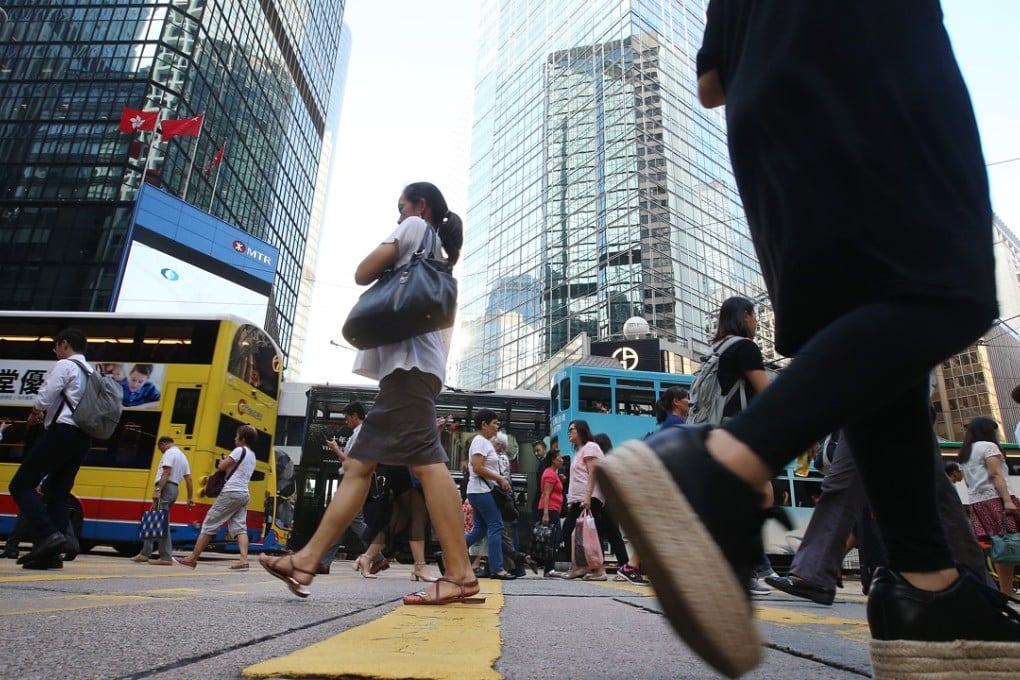Why should Hong Kong be more walkable? Environmentalists and tour groups spell out the reasons
Proponents of more pedestrian-friendly streets tout health benefits and business opportunities of reducing city’s ‘alarming’ number of cars

Hong Kong’s car-oriented roads are designed for an “alarming” number of vehicles, prevent people from walking, and worsen hazardous air pollution and public health, environmentalists have warned.
Those who tout walking as a mode of transport argue there should be more car-free areas and describe the city as still in its infancy in promoting urban walkability when compared with Western cities such as London, where policymakers recently set out a “healthy streets approach”.
The sluggish pace of progress and officials’ awareness of the importance of pleasure walking comes, advocates say, despite Hongkongers being more aware than ever of the sundry benefits of pedestrianising traffic areas.
“Hong Kong is very car-centric in terms of transport planning and traffic management,” says Simon Ng Ka-wing, a fellow at public policy think tank Civic Exchange. “Motorists are given priority over pedestrians.”
And although 90 per cent of Hong Kong’s motorised trips are made on public transport, the number of cars is growing at an “alarming rate” in recent years, says Ng, who is the co-author of Global Cities: Urban Environments in Los Angeles, Hong Kong, and China. He believes Hong Kong’s long-established reliance on vehicles is a major obstacle in becoming a world-class walkable city.
Transport Department data from last October showed there were 763,294 licensed vehicles in the city, an increase of 2.9 per cent compared with the same month in 2016.
